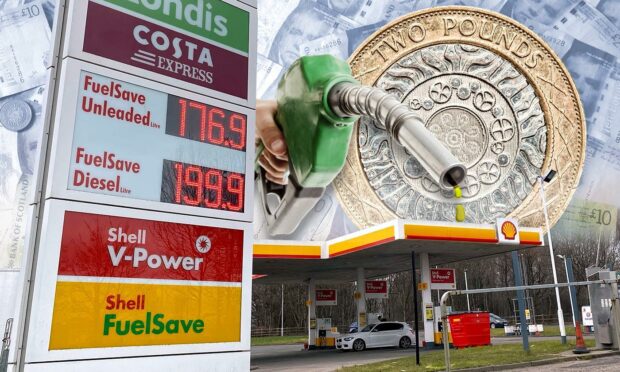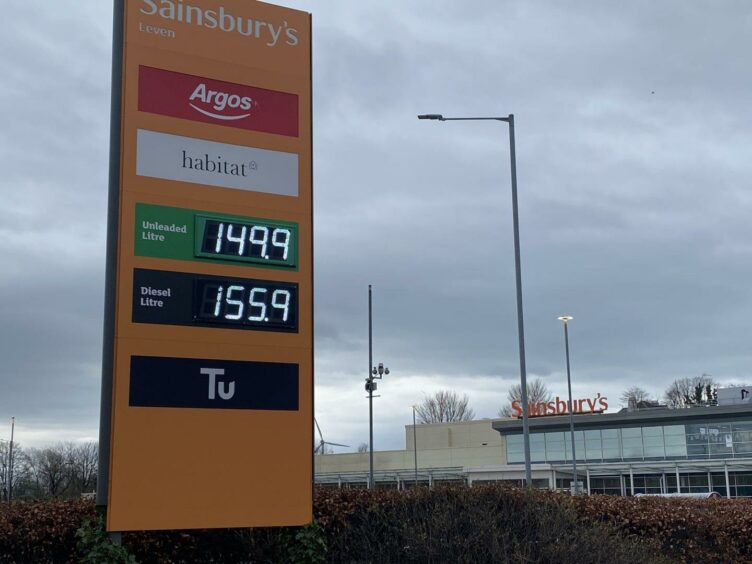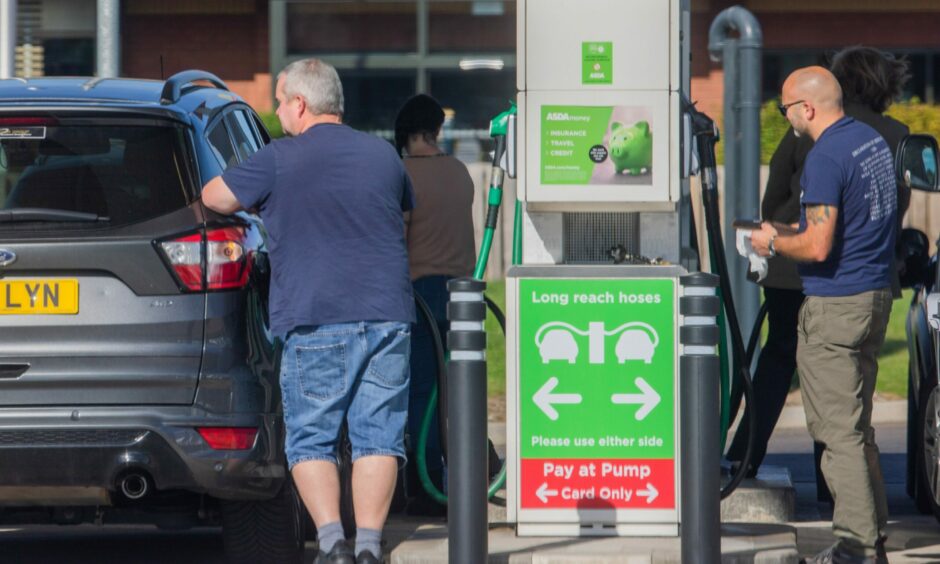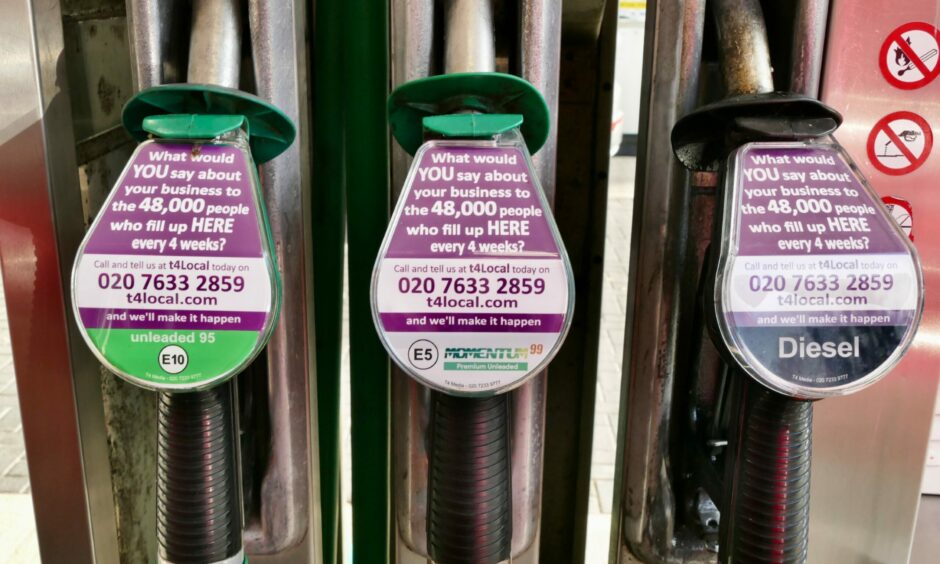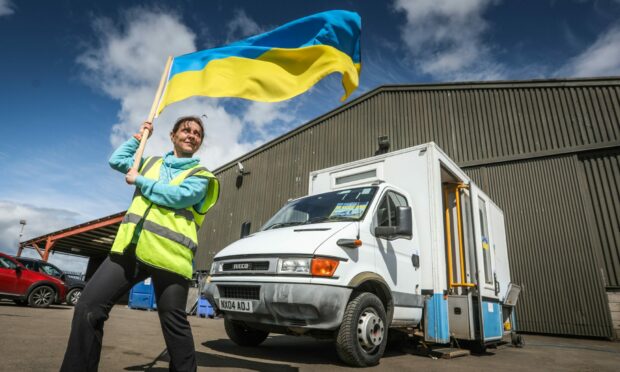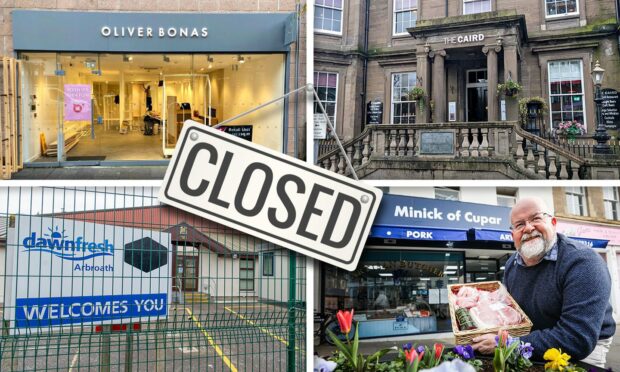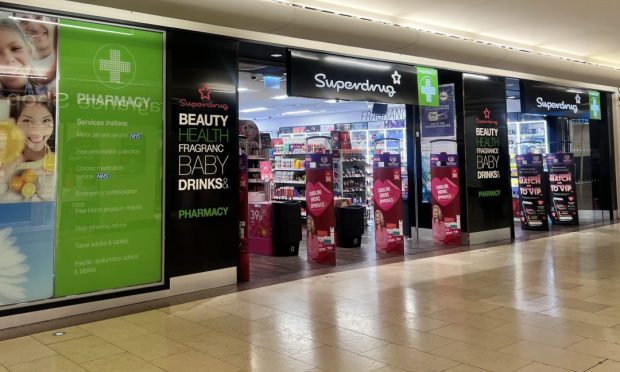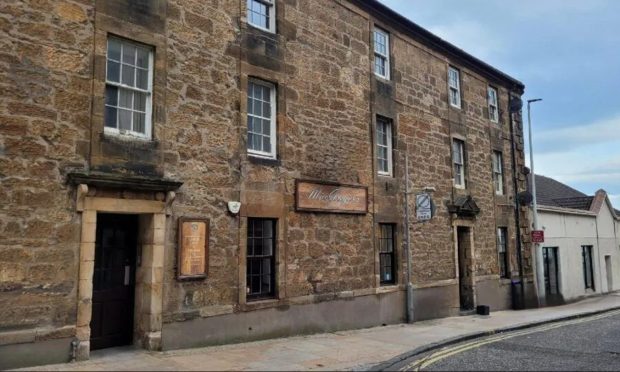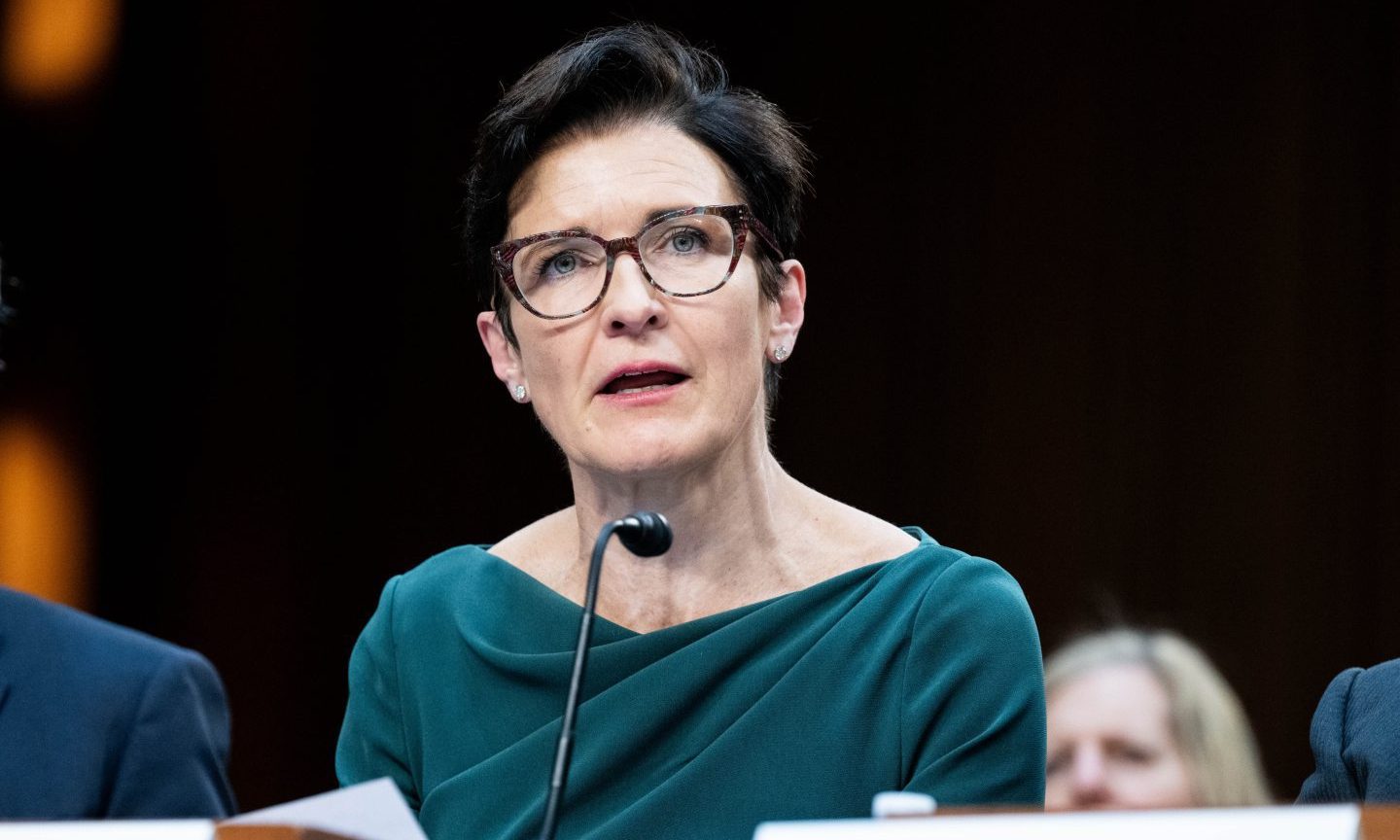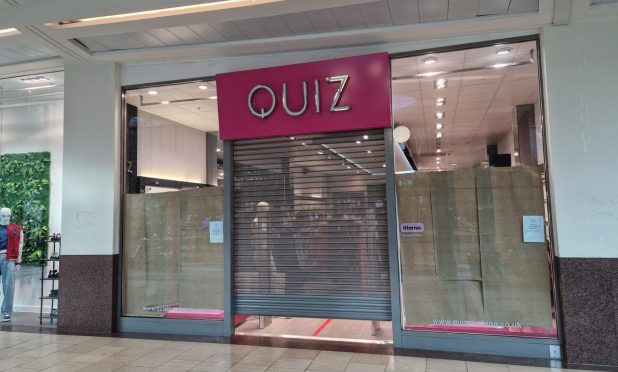Fuel prices are now higher than ever before, with petrol now at an average of £1.65 per litre, but what does all this mean for the government’s mileage allowance?
Figures show the average cost of a litre of diesel at UK forecourts was £1.76, while petrol prices rose to almost £1.65p per litre.
And there could be worse to come.
Experts have warned the price of diesel could possibly hit as high as £3 per litre.
Dr Amrita Sen, director of research at Energy Aspects, told MPs on the Treasury Select Committee those figures were “in the realm of possibility”.
With fuel prices continuing to rise, workers may be concerned at being left out of pocket.
What is the mileage allowance?
Anyone who uses their own car for business journeys can claim tax relief on the approved mileage rate.
The tax-free allowance for the first 10,000 miles in the financial year. It’s 25p per mile thereafter.
It is designed to not only reimburse employees for using their own cars, but also takes into account other factors, including running costs and servicing.
Why are petrol and diesel costs increasing?
Fuel costs have been rising since the lows of 99p during the first Covid-19 lockdown two years ago.
The cost of oil has grown by 60% in the last 12 months.
The demand for crude oil has surged due to post-pandemic travelling and the Russian invasion of Ukraine.
Russia, the world’s second-largest crude oil exporter behind Saudi Arabia, has also threatened to respond to sanctions by restricting supplies to Europe.
That could further increase the price of petrol.
Will the mileage allowance increase?
Conservative MP Jake Berry told the Chancellor the current rate has been in place for at least a decade.
He urged Mr Sunak to increase it by at least 15p in his budget statement next week.
Mr Berry said: “When the Chancellor thinks about his Spring Statement coming up, will he not only look at cutting fuel duty, but also look at mileage recovery rates?
“They have been at 45p per mile for over a decade, now is the time to put them up to 60p at least.”
The Chancellor said he would “bear in mind” those suggestions ahead of the Spring Statement on March 23.
The fast rising cost of petrol again brings into question whether the current mileage rates (45p per mile for the first 10,000 miles, 25p per mile thereafter) are sufficient given that the rates were last updated for the 2011/12 tax year.
Clear 45p per mile ‘no longer appropriate’
David Morrison is a partner in the Dundee office of EQ Accountants.
He is also head of EQ taxation.
Mr Morrison said the 45p per mile allowance is “no longer appropriate”.
He said: “It should be borne in mind that the mileage rate is not just designed to cover fuel.
“It also includes other running costs, servicing, financing and the depreciation on the car caused by business mileage.
“Traditionally, the fuel only component was a low proportion of circa a quarter to a third of the mileage rate, though that proportion is on the rise.
“With used car prices soaring, the depreciation element might offset some of the fuel cost rise.
“Nevertheless it’s clear that the 45p per mile mileage rate is no longer appropriate.”
Mr Morrison added that without a “significant rise”, employees will increasingly feel out of pocket.
He added: “An updated mileage rate model is required to ensure that it accurately reflects the dynamic market”.
What if mileage allowance isn’t enough?
If you are worried your mileage allowance is not enough, speak to your employer. They may be able to help – perhaps through offering a company car.
It may also be possible to travel by public transport, with advance tickets helping to keep costs down.
Regular car maintenance, including checking tyre pressure, can also help maintain fuel efficiency.
A spokesman for the AA said: “We are moving from winter to spring, which means that engines don’t have to work so hard and more daylight driving means that the burden of headlights, wipers and heaters is reduced.
“That and simple eco-driving techniques like moderating speed and leaving more room between you and the car in front – essentially smoother driving will improve fuel efficiency by around three extra miles per gallon (mpg).
“With pump prices so high, each 1 mpg improvement saves a litre of fuel per tank.
“A tank holds 55 litres and so today’s 165p average price produces a 3p-a-litre saving at the pump.”
